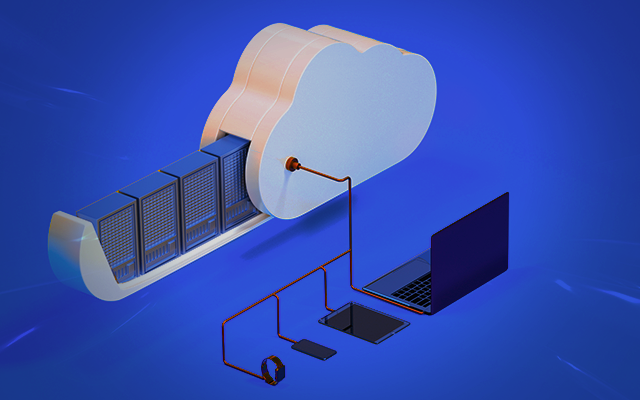This article provides a detailed introduction to the high-cardinality GroupBy query acceleration technology in SLS.

This article introduces the new high-performance SPL log query mode launched by SLS, which supports the Unix-style cascade pipeline syntax and various SQL processing functions.

This article discusses the comparison of using the new data transformation language SPL versus the old data transformation language DSL in different data processing requirements.

SLS data transformation feature aims to handle unstructured log data. It is now fully upgraded to integrate SPL, enhance data processing capabilities, and optimize its cost.

This article describes how to detect a threat using Alibaba Cloud SLS.

SLS defines a CustomResourceDefinition (CRD) named AliyunPipelineConfig. This article describes how to use AliyunPipelineConfig to manage a Logtail configuration.

This article introduces how to use Kibana to connect to the SLS ES-compatible API for query and analysis.

The eighth episode of Alibaba Cloud Observability Series introduces how to use SLS cost manager for cloud cost monitoring and optimization.

The article explains the challenges of log data and how SPL (SLS Processing Language) addresses these challenges by providing a unified syntax for log processing.

The article outlines the basic capabilities of SLS and compares them with the self-built open-source ELK, highlighting the significant advantages of SLS over open-source ELK.

This article describes how to use SLS SPL (Structured Programming Language) to configure the SLS Connector to structure data.

The article discusses the limitations of the existing iLogtail architecture and collection configuration and introduces the new features in iLogtail 2.

This article introduces how to use the aggregator_context plug-in to maintain the context of logs and how to query the context in the console.

This article investigates the application scenarios and architectures of Kubernetes operators in various log collectors.

This article introduces recent technical updates to the Prometheus storage engine of SLS, which achieves a performance improvement of over 10 times with PromQL compatibility.

This article introduces how the data source SLS achieves high-speed and precise consistency in data ingestion through APS, and the related challenges and solutions.

This article discusses code cleanliness in terms of coding, refactoring, and design patterns, and provides insights on how to become a thoughtful programmer.

This article discusses the technical principles of some common design patterns from a practical perspective based on the iLogtail project.

In this article, we will take a comprehensive look at Alibaba Cloud Storage Solution.

오늘 이 글에서 우리는 Alibaba Cloud의 Storage Solution에 대하여 알아보도록 하겠다.
